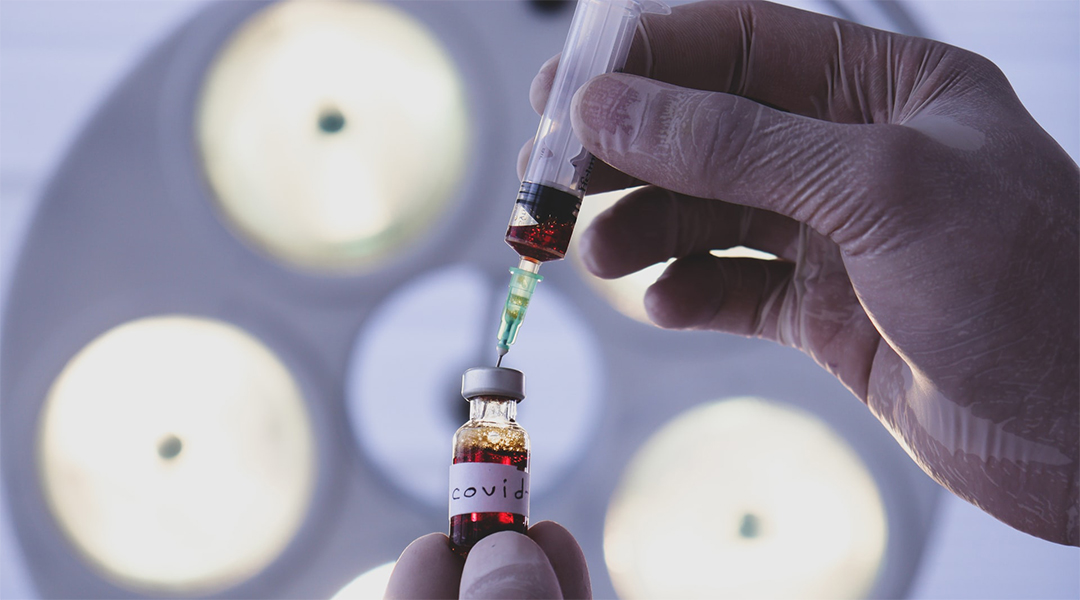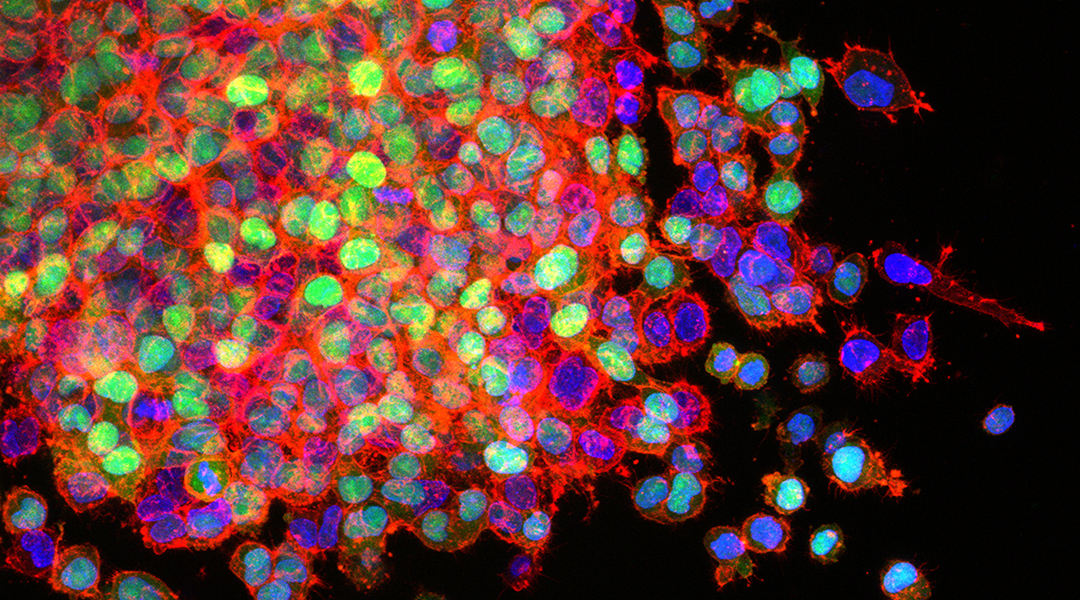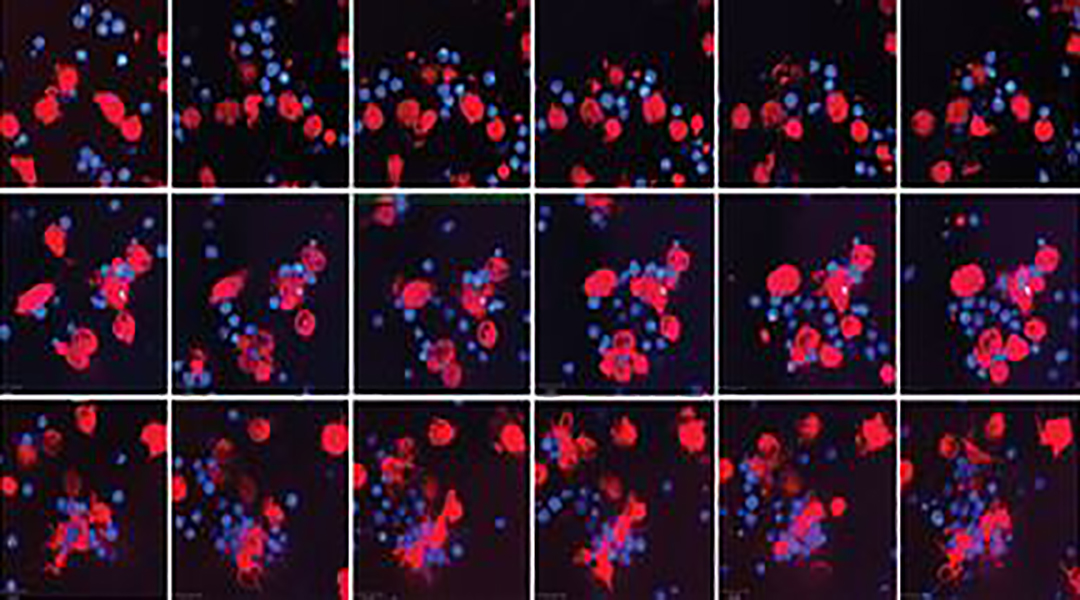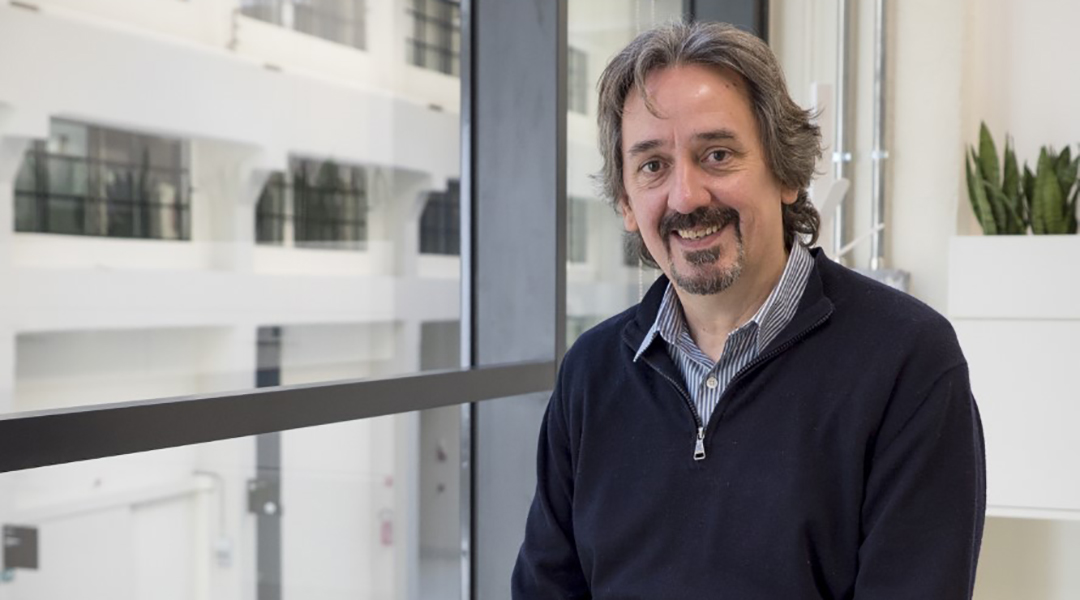DNA robots built to transverse fluidic cell membranes and control cell function for future regenerative and cell-based therapies.


DNA robots built to transverse fluidic cell membranes and control cell function for future regenerative and cell-based therapies.

A biomaterials platform offers a stable center within the body for antibody development against SARS-CoV-2.

A new algorithm helps researchers search out new molecules for applications in medicine, keeping their synthesis quick and cost-effective.

Bioengineer Canan Dağdeviren is living her dream, decoding physical patterns of the human body in order to diagnose and cure diseases.

The surgical anesthesia drug, propofol, used in tumor removal, could help promote the spread of cancer by triggering changes in tumor cell properties.

Dendritic cell vaccines offer a unique opportunity in biomedicine, and limitations in efficacy can now potentially be overcome using graphene oxide nanosheets.

Last August, #BlackinChem took the world by storm. This year, we spoke with two of the event’s organizers, Devin Swiner and Zemen Berhe, to learn more about what’s in store.

Nanovesicles that directly attack tumors and promote sustained tumor killing by resident T cells could enhance the effectiveness of tumor immunotherapy.

Albert Zink, director at the Institute for Mummy Studies, investigates remains from the past to bring ancient stories to life.

Enjoy this gallery of science images featuring a glowing hydrogel fish, microscale flowers, nanoscale fireworks, and more.